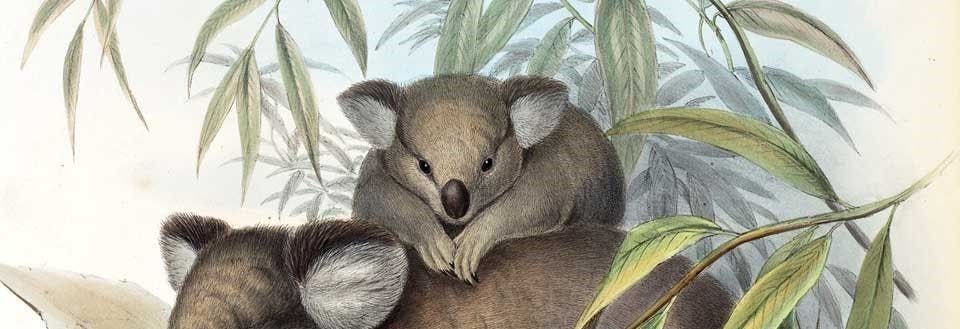Hooke, Robert (1635-1703).
Micrographia; or, Some Physiological Descriptions of Minute Bodies Made by Magnifying Glasses. London: Printed by Jo. Martyn and Ja. Allestry, 1665.
No one opened up a new world for naturalists quite like Robert Hooke. Hooke did not invent the microscope, nor was he the first to focus its lens on natural objects, but his Micrographia was without any doubt the publication that awakened the public to the fact that there was an entire new level of existence “down there.” With its large folding plates of a flea, a louse, and the eye of a fly, the book shook everyone’s belief that small things were necessarily simple. Readers were startled to learn that the waving forest of blooms shown in our first image were in fact the tendrils of common blue mold, and that the little hairy bear in the other figure was a dust mite, nearly invisible to the human eye. After Hooke, naturalists could no longer rely solely on the unaided human eye when they investigated the natural world.

